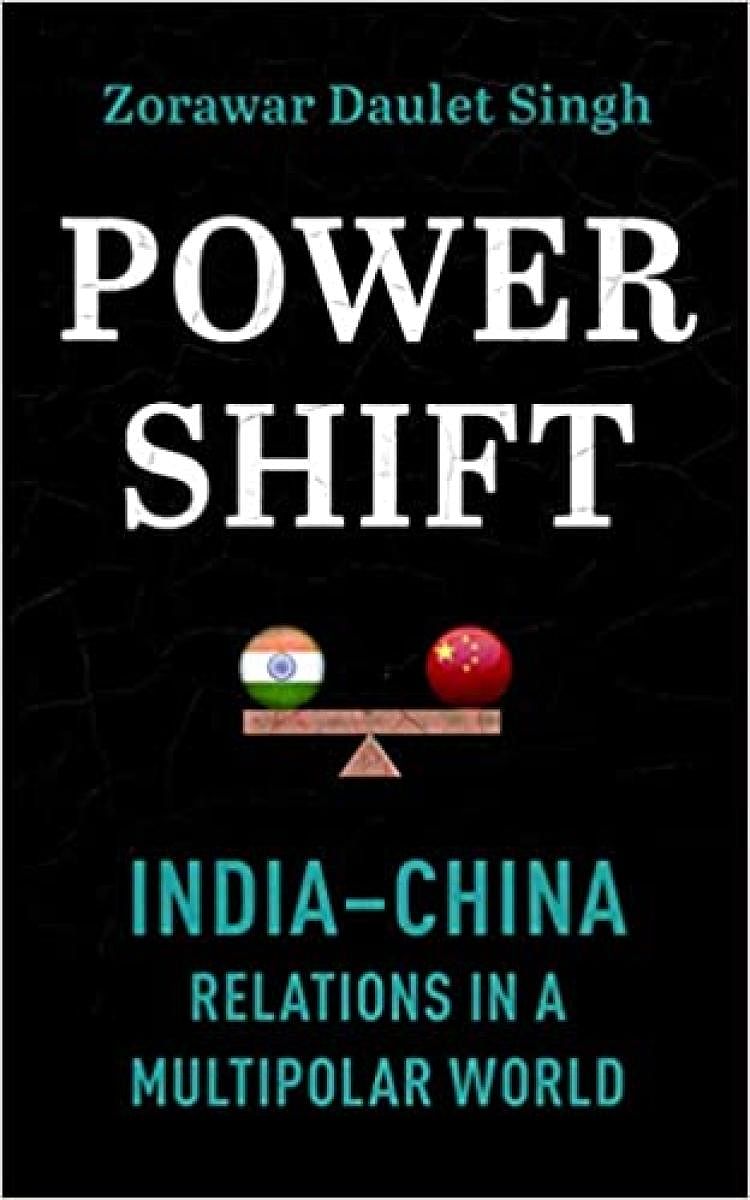
On the night of June 15 last year, Indian and Chinese troops clashed on the Ladakh frontier like medieval barbarians, claiming many precious lives. The violence has shaken the foundations of engagement with China and the never-ending talks on disengagement reflect the intractable nature of the border dispute. Long shadows of the past, mutual suspicions and geopolitical changes make the challenge of restoring peace and tranquility on the Himalayan frontier formidable.
Under Xi Jinping, China, with its enormous economic and military clout, has become more assertive in seeking its rightful place in world affairs as a major power, in Asia and Indo-Pacific regions in particular. In this scenario, what should be India's strategy to deal with its largest neighbour? Power Shift: India-China Relations in a Multipolar World examines the volatile, complex India-China relations from a geopolitical and historical perspective.
Tracing the origins
Leading foreign policy analyst Zorawar Daulet Singh traces the origins of the border standoff and the elusive opportunities for a settlement. He debunks the notion of Neville Maxwell (India's China War) branding India as stubborn and unwilling to negotiate a mutually beneficial settlement. He argues that the vital territorial interests of each side are already satisfied by the present status quo. The 2005 agreement on 'package settlement' by which India's claim on Aksai Chin would be swapped for China's claim to Arunachal Pradesh was not taken forward. Daulet Singh also refers to India's failure to do an honest appraisal of the 1962 war, preventing a dispassionate introspection.
Though the border dispute is central to bilateral ties, Power Shift favours a realistic approach, citing the depth of two-millennia-old links between the two ancient civilisations, changing geopolitical situations and trade linkages. New frictions and differences may surface as India and China cope with each other's rise on the world stage and pursue their regional interests. Both the Asian giants are set to intersect on several fronts and issues. Cold war or military option is ruled out. The way out is managing the rivalry sensibly and lessening the regional tension. China's bid to raise its economic and political profile in the Indian subcontinent and its grand connectivity dream, the Belt and Road Initiative (BRI), have raised India's hackles.
China treats India's deeper military engagement with the US and Japan as a serious challenge to its future security. While being aggressive on the South China Sea, China is striving to expand its influence in the Bay of Bengal and Arabian Sea by seeking port facilities in Sri Lanka, Pakistan and Bangladesh. But these states have already learnt to exploit Sino-Indian mistrust to advance their objectives. Daulet Singh contends that there are certain areas for possible collaboration like China's Maritime Silk Road plan. Maintaining open maritime trade routes are crucial for both the countries. India and China can be joint stake holders. Instead of blind opposition, he argues for a pragmatic Indian approach to BRI in view of the high economic stakes.
Complex changes in Asia and the world have impacted India's relationship with China. ''China's rising influence on India's periphery is also a consequence of India's own failure to craft an independent and robust regional role in South Asia.'' Beyond this, the book is silent on the Modi government's diplomatic failures in dealing with China.
As the Sino-Indian relations are at the crossroads, Daulet Singh wants Indian policy makers to get the China policy right and start thinking more strategically and realistically about the dragon. The book is timely and brings to the public domain, issues discussed by strategists, scholars and experts. A handy volume for China watchers.